Hollywood has played itself in films frequently. It is the land of glamor and dreams. But it can be very hard on those who dream of making it. It is filled with nostalgia and with visions of new art. How do you tell that story yet again in a way that is both conventional and fresh? Do those two ideas seem to clash? Not in La La Land, a musical that both pays homage to the history of movies and tells age old stories (like boy-meets-girl) in such a way that it seems like we?ve never seen it like this before, even when we know we have.
The story itself is simple. Sebastian (Ryan Gosling) and Mia (Emma Stone) meet somewhat un-cutely in a traffic jam. He lays on his horn when she doesn?t move; she flips him off. But soon their paths cross again?with less than romantic results. Eventually they come to discover the fit they are together and love blooms. But of course, love can also fade.
Sebastian is a jazz pianist whose life mission is to make people love jazz. Mia is an aspiring actress currently working at a coffee shop on one of the studio lots. Both have a strong sense of the past. Sebastian?s most cherished possession is a piano stool once sat on by Hoagy Carmichael. When Mia leaves work she loves to look across the backlot street at the window that Bogart and Bergman looked out of in Casablanca. These two struggling artists who look back to the greatness of the past also seek to make something that will be great and new for today.
All of this is set in the form of a classic musical. There are extensive production numbers that bring to mind such films as West Side Story. There are songs that define the relationship and other songs that speak of the dreams Sebastian and Mia have.
Writer/Director Damien Chazelle also made use of jazz in his previous film, Whiplash. In this film jazz is not just the music that Sebastian plays and often plays through various scenes; it also serves as a metaphor for the tension not only of the story, but also of the movie industry. When Sebastian explains jazz to Mia he notes that it is made up of conflict and compromise. That is true of the relationship in the story as well?and with all relationships. Later when Sebastian discusses jazz with a friend (John Legend), the friend points out that Sebastian is trying to hold on to something of the past?something that was revolutionary when it happened. Where is the revolution in Sebastian?s music? That very much reflects the tension that pervades Hollywood?the desire to make what has been successful before or to do something entirely new.
This is very much a Hollywood/Los Angeles story. (Although that doesn?t mean others will not enjoy the story and film.) But it is the L.A. of nostalgia. From the opening production number on a freeway interchange (one I?ve driven on often) to the frequent trips to Griffith Park and the iconic observatory to a studio backlot, all of this is the L.A. we?ve seen in films before. That is entirely fitting since the film is about that very nostalgic understanding of Hollywood. But while it looks back to the Hollywood we remember and uses conventions that we know, it also seeks to move into something new?which means things may not work out the way we have come to expect. It also reminds us that nostalgia can be painful as well as comforting.
A word needs to be said about the artistry of the film itself. I sometimes worry when I care more for the way the film was made than I do about the story itself. This film has several intricate production numbers that really are astounding?not just in the choreography (by Mandy Moore), but in the camera work that captures it. For example, the opening production number with people dancing on the roofs of cars stuck in a traffic jam is a long shot that shifts angles without cuts. I get a headache thinking of the logistics.
In keeping with the nostalgic nature of the film, the production design evokes not just the sense we expect from a Hollywood musical, but it also sets moods in more subtle ways. When I left the theater I thought the technical aspects of the film outweighed the storytelling. But as I?ve had time for it to marinate in my mind, I?ve come to appreciate the storytelling for its subtle celebration of dreams, even as it faces the reality that those dreams may have hard edges.
Photo credit: Dale Robinette, courtesy of Lionsgate.
FilmReviews
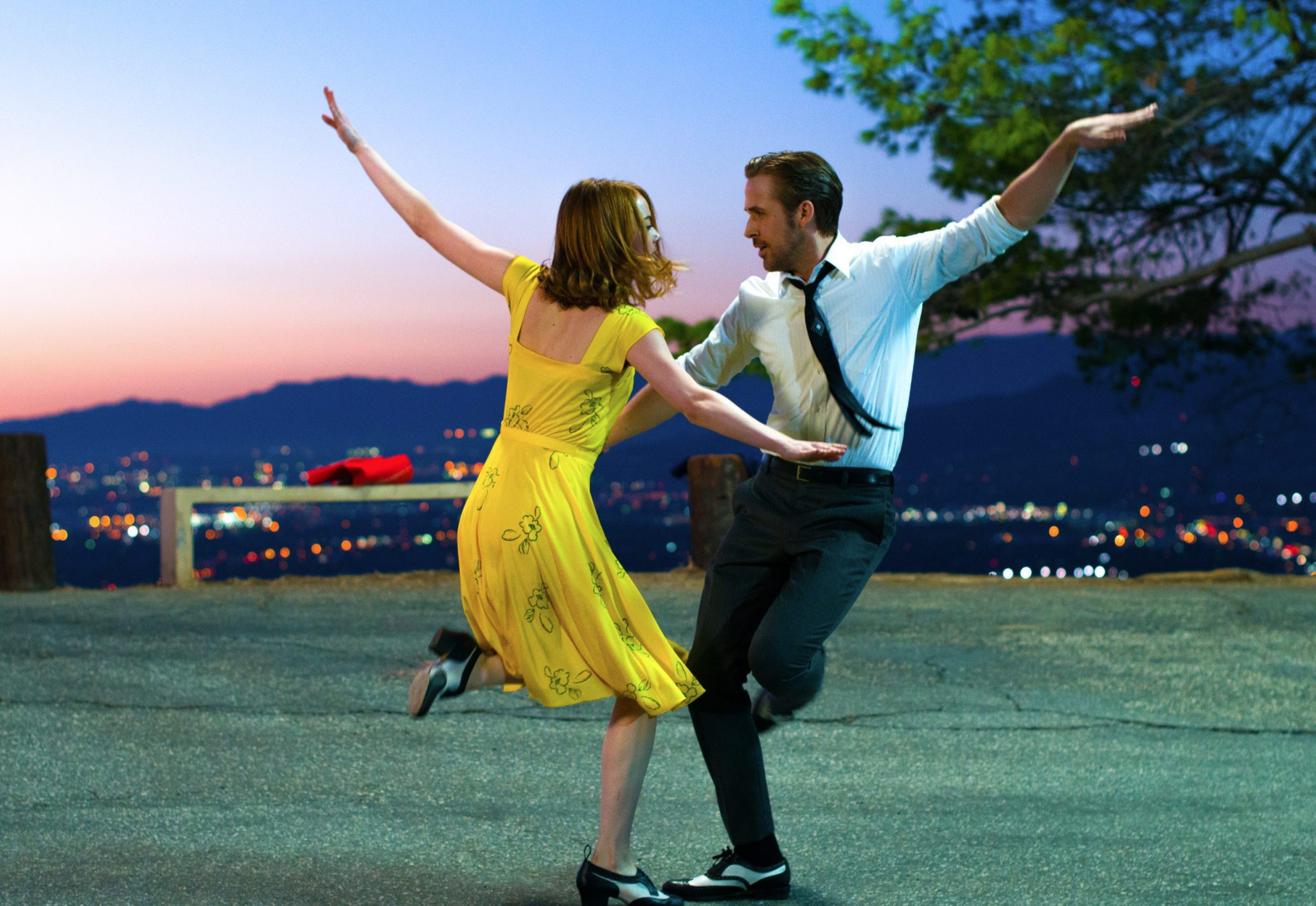
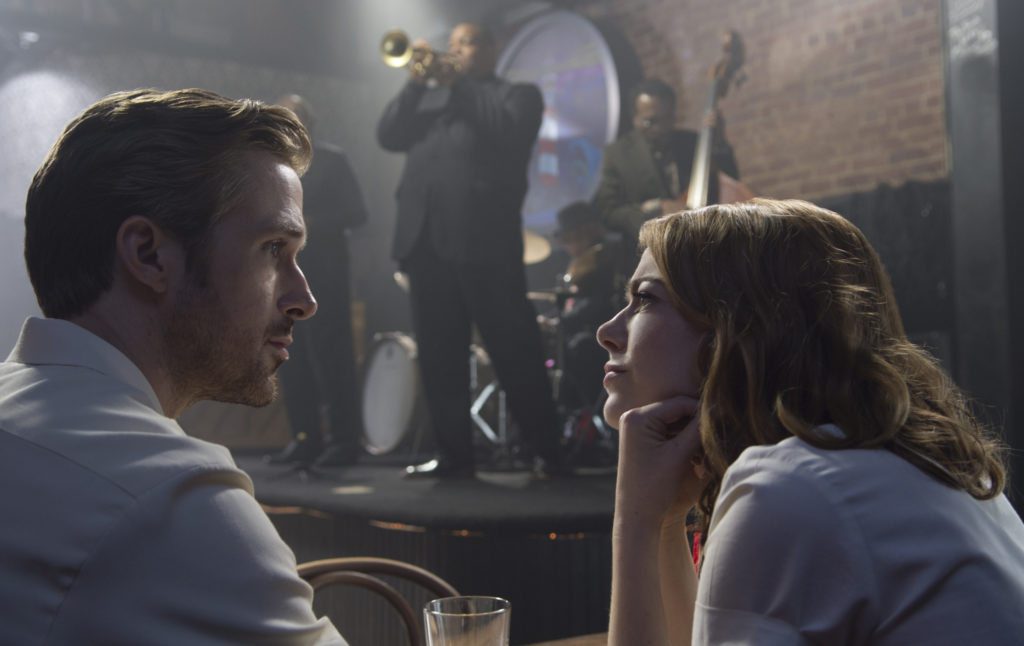
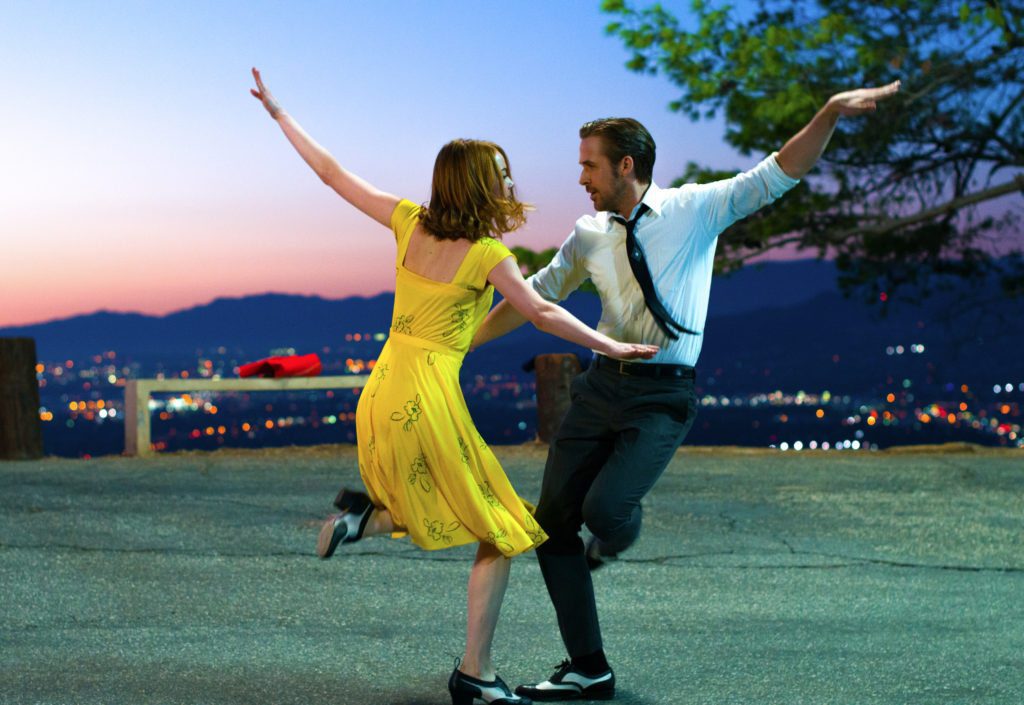
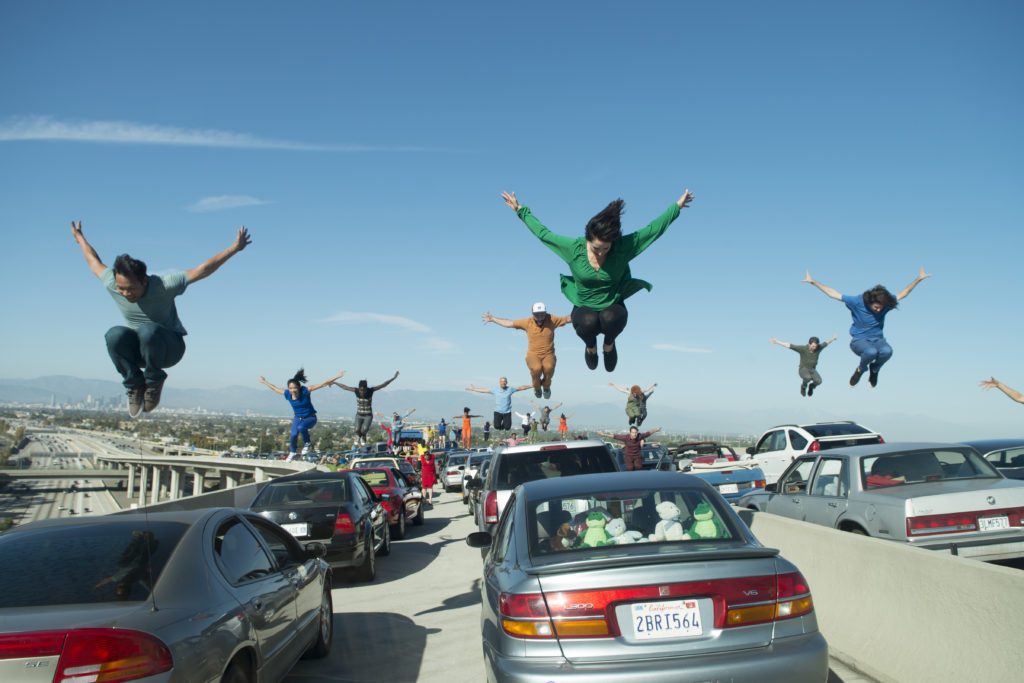
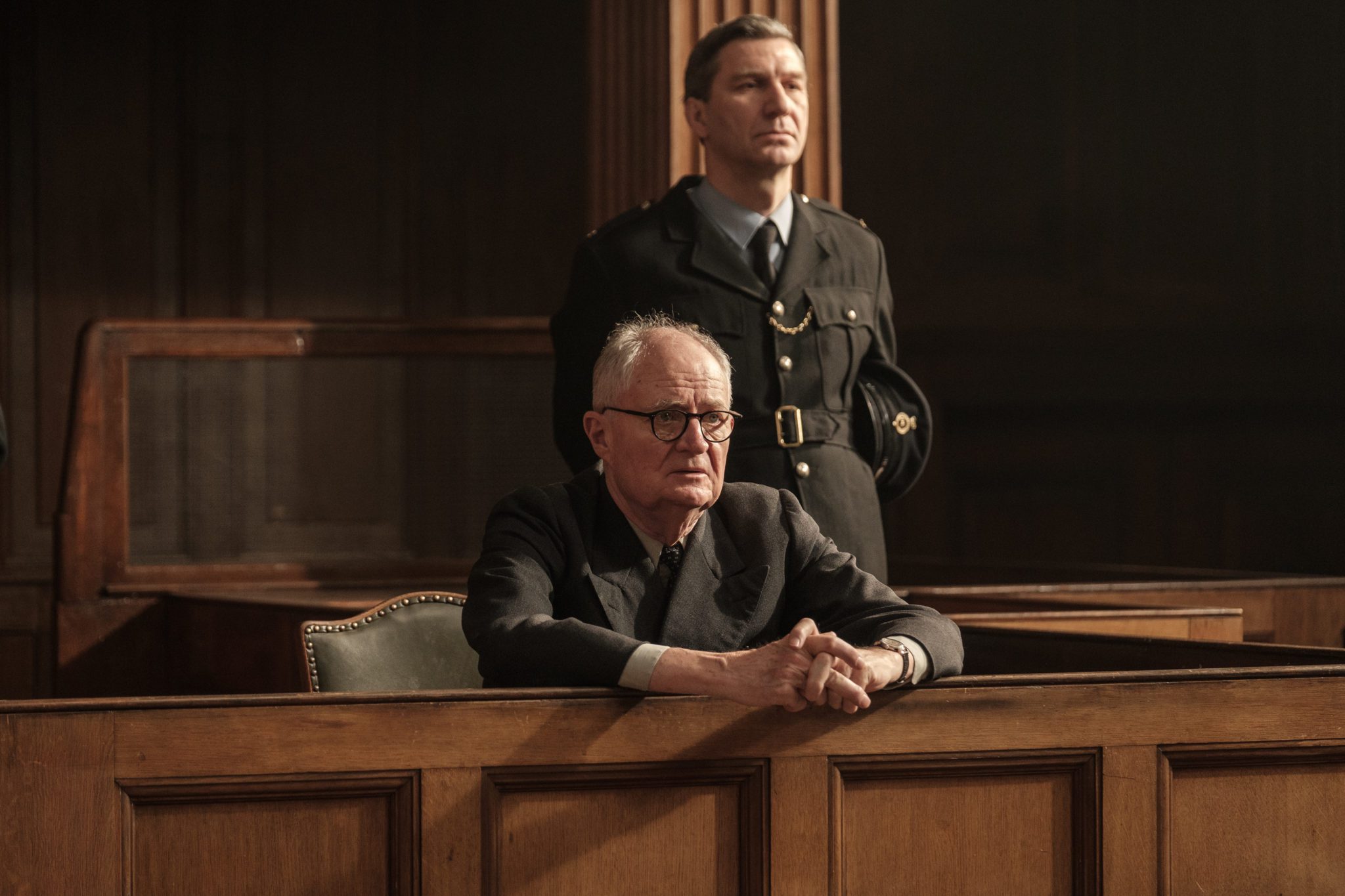
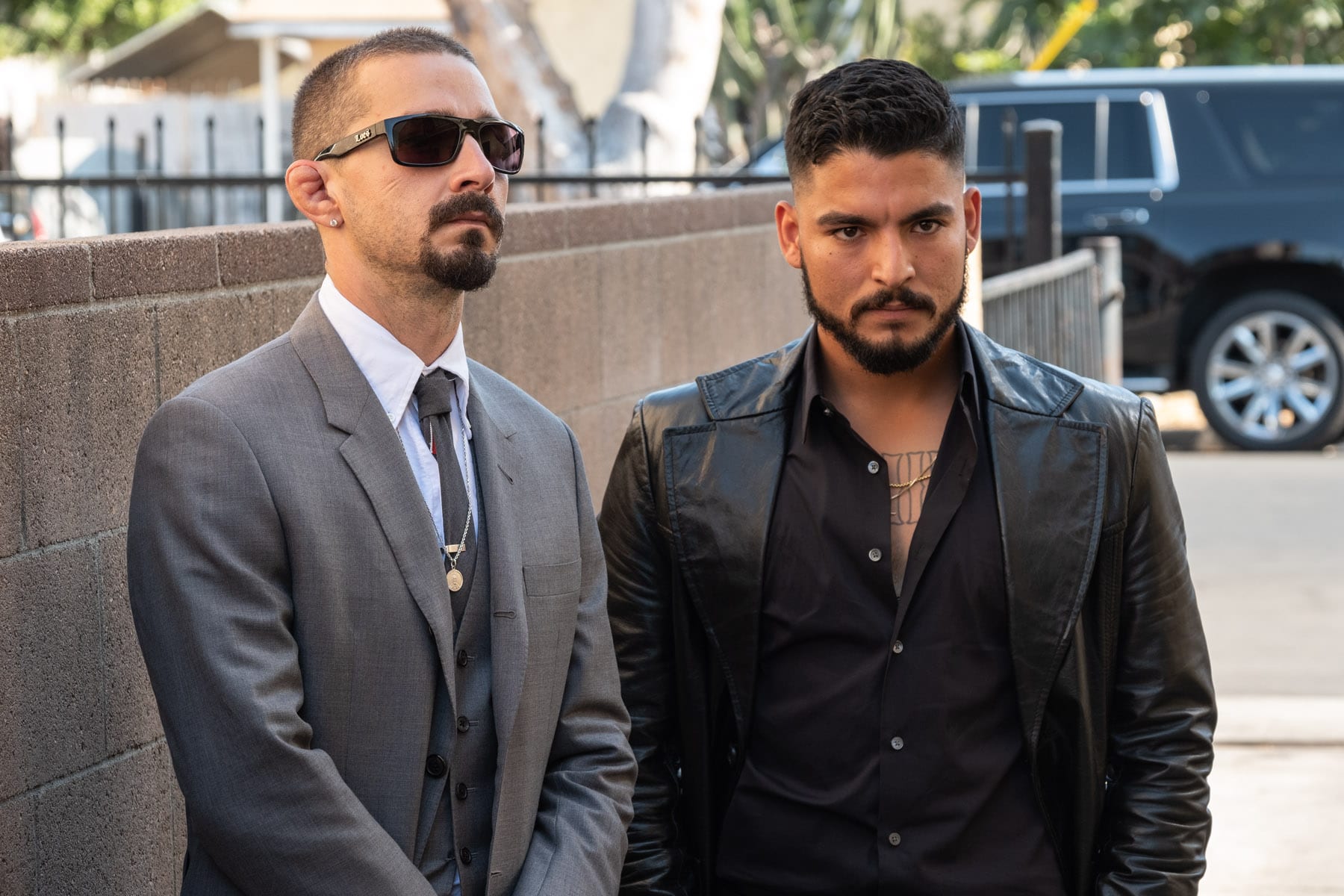

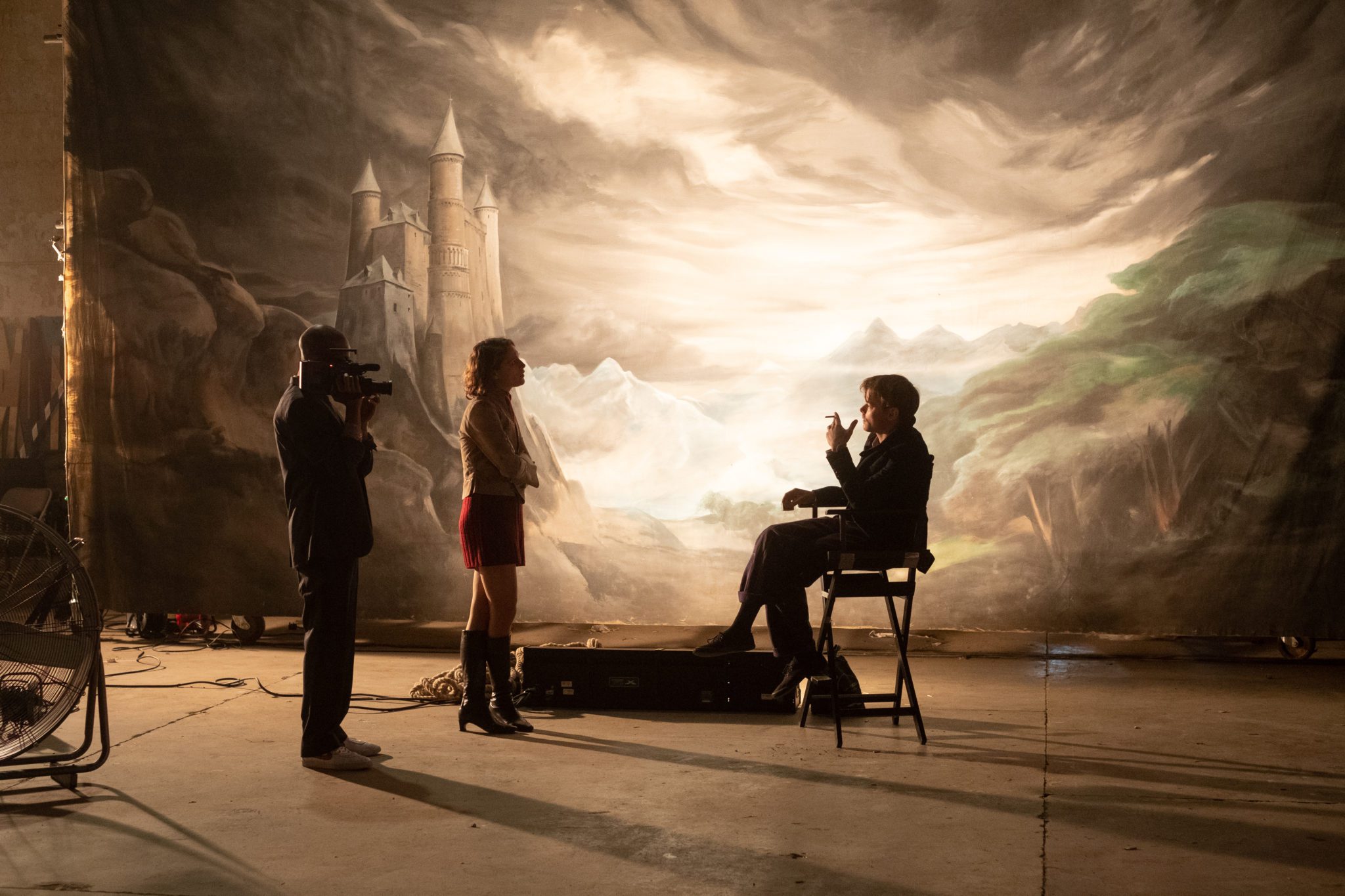
Here’s to the fools who dream…